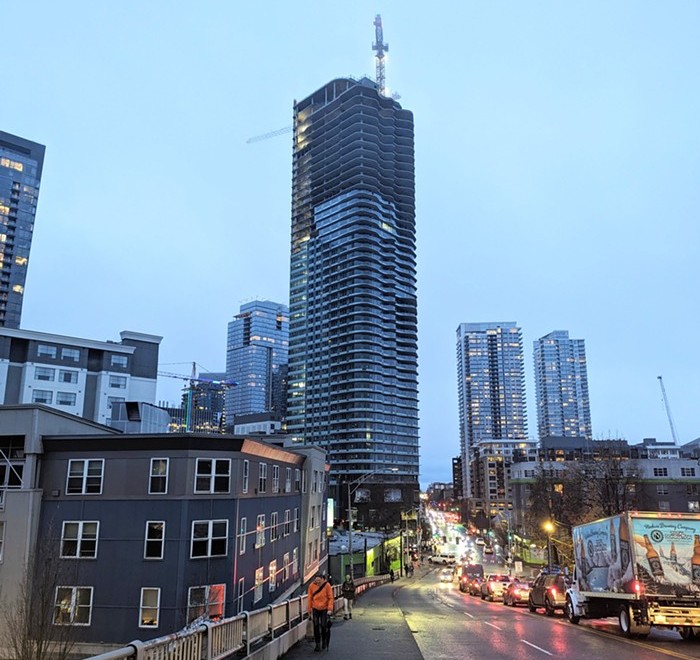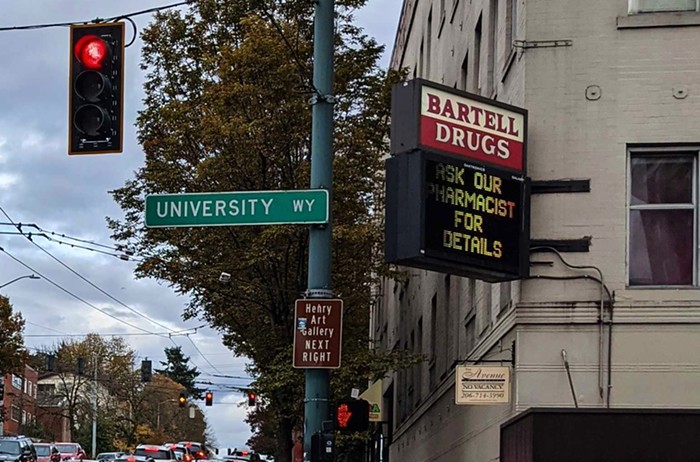
We have never left the shadow of the Great Depression. During this period, which lasted for a decade, capitalism in its 19th century form (called laissez faire) was on the ropes and appeared to be a goner. For many, socialism was a sure thing. States like North Dakota went red—a fact that is with us to this day. The problem in the "red 30s" was essentially the one Obama faced after the crash of 2008: the markets wanted autonomy and politically blocked any effort the government made to resolve the crisis.
By 1933, the situation was so bad that something big had to be done, and something almost big was done, but it still was not enough. It would be the combination of the Second World War and the market's acceptance of Big Government (federal spending increased from 10 percent of the GDP to about 35 percent, and has more or less remained there since) that finally pulled the country out of the depression. The US dodged the democratic form of socialism and adopted a socialism that was favorable to private investors. Part of the American form of socialism has been its commitment to full employment (which is considered to be anything below five percent unemployment) and its rejection of the other aspects of democratic socialism, which were present in the 30 years following the war (income distribution by taxes and restrictions on speculation). The final result? Full employment has became something of a prison. As long as there are lots of jobs, we are locked into a false political stability. Jobs, the thinking goes, are all that matter for the masses. The press makes too much noise about employment rates. Job reports are followed closely. Presidents are judged by how many jobs they created during their time in power. Republicans and Democrats attend the same church to worship full employment.
In 1975, Hyman Minsky, the under-appreciated American economist, wrote in the last chapter of a book, John Maynard Keynes, recommended by last week's Person of Interest, Alan Harvey:
It is clear that if reasonably full employment is the dominant goal, then the scheme of perpetual waste and want has to date succeeded. The combination of investment that leads to no, or minimal, net increment to useful capital, perennial war preparations, and consumption fads has succeeded in maintaining employment. But such a resolution of the problem of employment and depression does not lead a corresponding increase in felt well-being. It rather seems to put all—the affluent, the poor, and those in between—on a fruitless inflationary treadmill, accompanied by what is taken to be deterioration in the biological and social environment.
Almost nobody was feeling Minsky when he wrote this. And nor was he some dream-misty pinko. His model for how financial markets move from boom to busts is so robust that the moments leading to the crash of 2008, which happened just over a decade after his death, became known as the "Minsky moment" in investment, economic, and business literature.
The problem with capitalism has been with us since Haussmann's Paris, which gave birth to the first poem about gentrification, Charles Baudelaire's "The Swann," and the railroad boom. It is stagnation. This happens when the surplus of the fully employed factors of production (the two souls of capital and labor) encounters what Marx called the transformation problem: the surplus value, which is that extra something generated from the part of the day the worker works not for his/her wage but for his/her boss, cannot be transformed into profits that are meaningful to investors. This was the Great Depression in a nutshell; and the way it was resolved was by the government spending lots of money not so much on the well-being of the people (though there was some of that in the New Deal) but to revive and stabilize "a high-profit, high-investment economy." The consequence? Minsky writes: "Full-employment policy has taken on a conservative coloration; what has been achieved might properly be called socialism for the rich."
Now, if you read Paul Sweezy's and Paul A. Baran's very important Monopoly Capital: An Essay on the American Economic and Social Order, which was published in 1966 and predicted the stagnation of the 1970s (a stagnation which was resolved by the rapid, indeed spectacular, financialization of the economy in the 1980s), you find an excellent point of continuation from Minksy's line of thinking. Automoblization and surbanization and military spending, argue Sweezy and Baran, provided the American economy with the means to absorb surpluses and generate high-profits and investments. This solution, which lasted for a period of about 30 years, transformed American society completely.
You will not understand American cities, and the long war on them, if this historical process is not in the background. (This war is described in Americans Against the City: Anti-Urbanism in the Twentieth Century. The author, Steven Conn, gets everything right until he reaches HOPE VI, which happened in the 1990s and which he sees as having corrected the neglect of public housing—my notes and highlights on the book are here.)
You will also not understand why during televised professional football games cars and pickup trucks are advertised almost non-stop, and why automakers are pushing hard for self-driving cars. These commodities (cars, gas, batteries) and their related services (auto repairs, insurance, parking) not only provide the economy with a privatized form of full employment but they make life damn expensive, and the more expensive life is, the more scarce capital becomes. Why? Because "expensive shit" absorbs surpluses—that is, until there is a crash, which is always the return of stagnation.
This is the reason why there is strong political resistance to forms of public consumption, like light rail. They make life cheaper, they deflate instead of inflate. And here you find the reason why home values are spiking in so many major American cities, including our own. In the absence of other or stagnant forms for capital absorption, investors turn to housing and turn up the prices. And this puts us once again on "a fruitless inflationary treadmill, accompanied by what is taken to be deterioration in the biological and social environment."
Socialism is, above all, about making life affordable. Living in dense cities should cut the costs of living—here, YIMBY's have the right idea but the wrong economic model. Dense cities are expensive because our form of socialism is for the rich, who to avoid stagnation resort to inflation of asset values. But what would the structure and features of a truly democratic socialism look like? This will be the third and final post of this series inspired by a book recommendation by the local economist Alan Harvey.

















